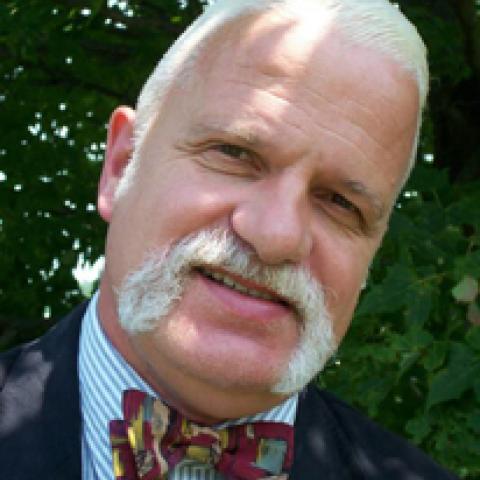THE DIAPASON
Wolfgang Rübsam’s In dulci iubilo: 10 Chorale Preludes for Advent and Christmas, has been published by Schott Music (ED 21189, €17.99).
The collection includes settings of the following chorales: Gelobet seist Du Jesu Christ, In dulci jubilo, Macht hoch die Tür, Nun komm der Heiden Heiland, O Heiland, reiss die Himmel auf, O komm, o komm Emmanuel, Vom Himmel hoch, da komm ich her, Wie soll ich Dich empfangen, Ich steh’ an deiner Krippe hier, and Es ist ein Ros entsprungen.
For information: www.schott-music.com.



